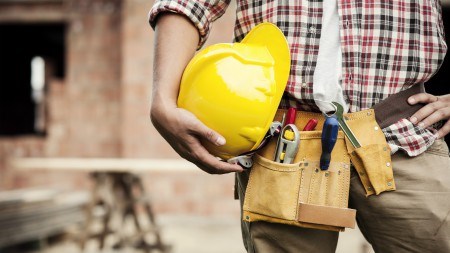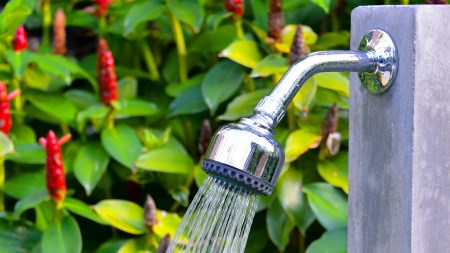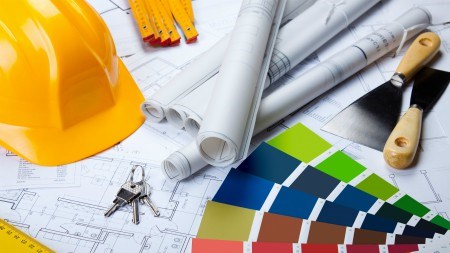In terms of the Occupational Health and Safety Act (No 85 of 1993) (OHSA) home owners are responsible for health and safety when contractors are on their premises.
Most property owners believe that contractors are solely responsible for safety on site, but they could find themselves partially liable in the event of accidents if no effort was made to minimise hazards or ineffectual personal protective equipment (PPE) was used.
The aim of the regulations is to ensure that the people who work on any construction project - no matter how big or small or whether a building is being altered or erected for the first time - are protected from an occupational health and safety perspective.
In terms of the act, the people responsible for the running of a project as well as the owner of the property take responsibility for the health and safety of the workers who carry out the construction. The regulations provide that any person who fails to comply could be subject to a fine or imprisonment of up to 12 months.
The regulations state that property owners must ensure that the principal contractor as well as any designers comply with the requirements of the act. This can create problems, as clients would usually hire these professionals to do a job for which they don’t have the necessary qualifications, skills or expertise to carry out themselves.
Identify risk
According to Deon Bester, occupational health and safety manager at the Master Builders Association of the Western Cape (MBAWC), employers must identify all hazards and risks that employees will be exposed to and must put measures in place to eliminate or mitigate these, in terms of section 8 of the OHSA and section 9 of the Construction Regulations. Section 2 of the General Safety Regulations further highlights the duty of property owners (clients) to perform a risk assessment to identify hazards and to put control measures in place.
Only when all control measures have been put in place and the risk of injury still remains, then the appropriate PPE needs to be provided to the workers exposed to the risk of injury.
A classic example of this is so-called ‘working at heights’ or what the construction regulations refer to as ‘working from a fall risk position’. In this instance, the usual first option is to make workers wear full body harnesses, often with no safe place to hook the harnesses. In many instances, the height at which the person is working will not allow the shock-absorbing lanyard to properly deploy, resulting in the worker hitting the ground.
“Section 10 of the construction regulations, which refers to fall protection, makes it very clear that fall prevention measures must be in place and only when these measures cannot be put in place must fall arrest be reverted to. This means that any area that poses a risk of falling must be properly barricaded to prevent workers or objects from falling.”
Bester says there will always be situations where PPE needs to be worn, but incorrect, ill-fitting and poor-quality equipment will not help prevent injuries. In fact, it gives workers a false sense of security and could contribute to accidents occurring.
Insurance
Property owners are vulnerable to legal repercussions if something goes wrong and contractors are injured on their property.
This is especially pertinent where owners aren't in direct control of what happens on their premises, for instance in sectional title properties, rental apartments, business complexes and multi-tenant office buildings where tenants often carry out repairs, renovations, maintenance work or upgrades without informing owners.
“Existing public liability insurance doesn't cover property owners in these situations, which is why we've developed special cover for these types of risk,” says Henry Ansara, chief executive of SaXum Insurance.
Domestic workers and gardeners
When it comes to gardeners and domestic workers, employers are also required to supply them with effective personal protective equipment.
- A gardener operating a lawn mower, edge trimmer or leaf blower should be provided with adequate protection for ears and eyes.
- Domestic workers should also be trained on how to use equipment and appliances in the home to prevent accidents and/or injury.




